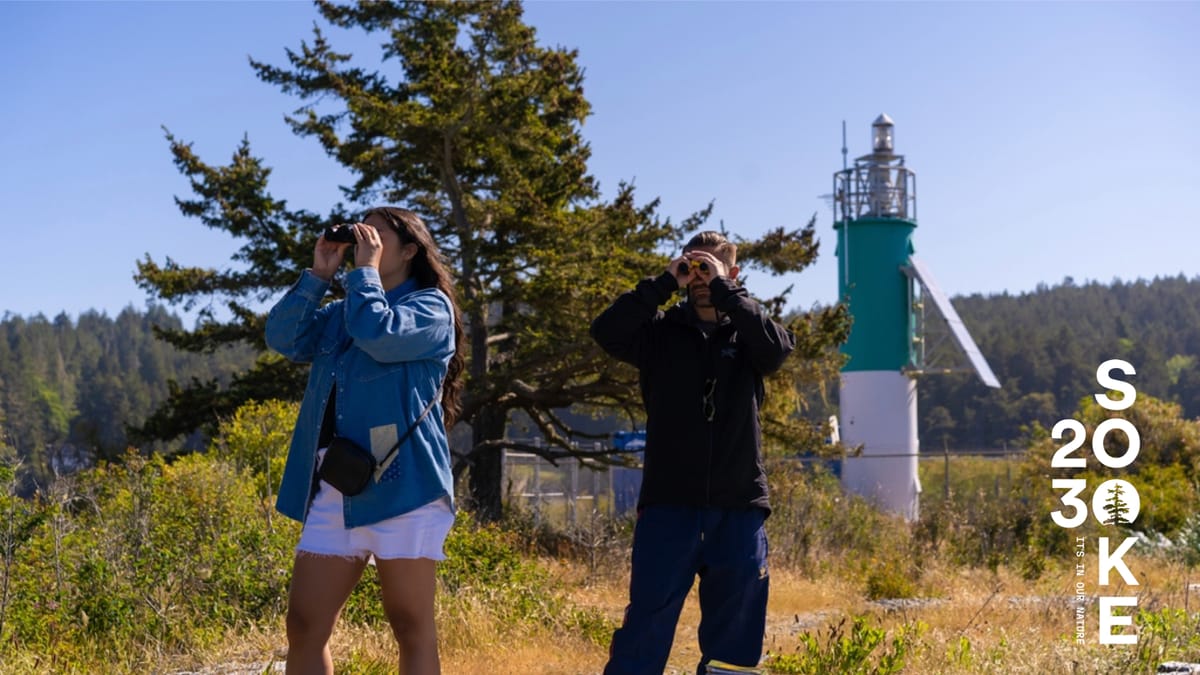A couple of years ago, I worked with the Climate Action Committee at the District of Sooke on Vancouver Island to help them develop their Climate Action Plan. The project was unique because we spent five months researching and developing a story that would engage people and get buy-in first – then we used that as the foundation for the plan and implementation strategy – not the other way around.
This approach led us to focus on 5 key themes that our research showed mattered to our audience: rethinking how we move, how we plan, how we build, how we lead and how we relate. While the themes themselves are important, the key word here is "rethink". Instead of telling people what they must do, the story and plan invited them into the process to rethink how they should do things to make life better.
This is important because research into engagement (including my own grad work) shows that giving adults control over what they do and how they do it is essential for buy-in. Nobody likes to be told what to do. "Rethinking" empowers everyone to identify what they want in the future (like more time with family and less time commuting), then find a way to make that happen through climate action (like supporting co-working near home). The time savings they get from not commuting becomes a co-benefit people love that also happens to cut emissions.
Recently, I reconnected with my client team to share the story of this project with the Climate Caucus, a national organization of over 650 elected municipal leaders and 1400 allies. And I loved hearing about the impact this approach has had as they've started to implement the plan.
As expected, using a story framework has been highly effective at creating engagement. But what really stood out for me was how rethinking the way they lead and relate has resulted in some powerful outcomes.
- Staff are more engaged, taking the initiative on key actions because they understand their role in the plan and feel ownership of it.
- The District has attracted new provincial and federal funding because they've been able to build and grow partnerships.
- The community has launched a new non-profit dedicated to climate education because they see how they can contribute and feel valued by the District.
- GHG emissions are down per capita from 5.2 to 3.9 tonnes because people can see themselves in the story and want to belong to the group creating solutions.
Here's what makes their leadership approach work.
- Human-centred: The entire story and plan focus on the needs of the people identified by the people.
- Open: By committing to "rethink" as their strategy, they recognized the emergent nature of long-term change leadership.
- Collaborative: The Committee worked hard to engage a huge range of people, not just paying lip service but actually sharing power, providing funding, etc. to maximize the diversity of ideas they got and build strong relationships with partners.
- Appreciative: Rather than fixing what's "broken", they focused on what people really want in the future, which is much more powerful for engagement.
- Values-driven: To overcome polarization and disinformation, the story and plan build on what the people of Sooke have in common – what they value about the place and each other.
- Authentic: Instead of adopting a generic plan from outside "experts", they worked hard to create a place-centred approach that focuses on their unique strengths, relationships and challenges.
- Intentional: They invested the time and resources to co-create a vision of the future that everyone wants and will work for, rather than seeing this work as a to-do on their list.
Here's the final plan, which includes the story we created on page 7. If you want to know more about how we created this kind of engagement and leadership shift, or have questions about using this kind of approach in your own work, drop me a line. I'd love to hear your story!





